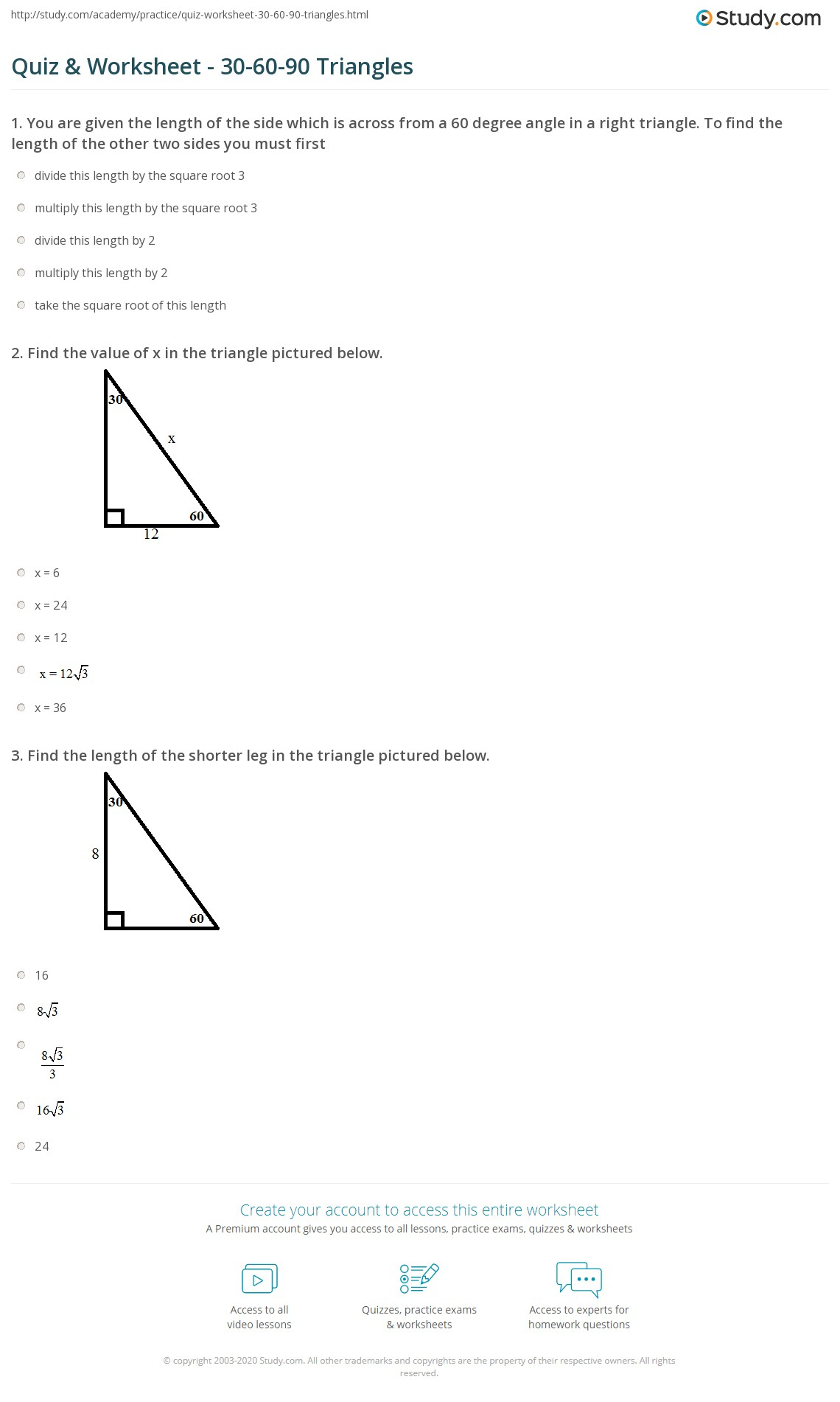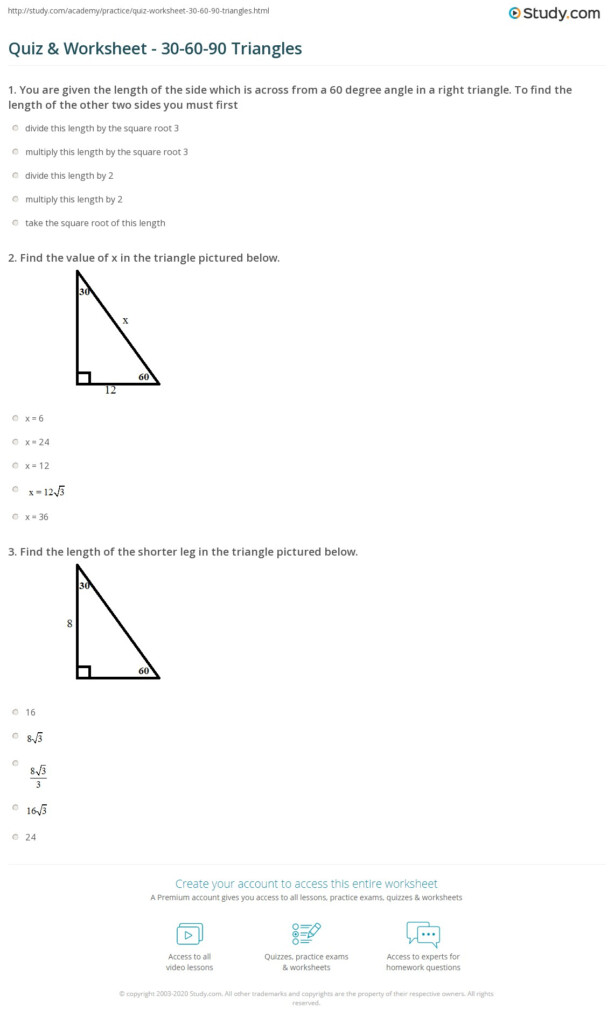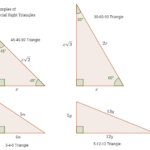Worksheet 9.6 Day 1 Solving Right Triangles Answers – Triangles are one of the most fundamental geometric shapes in geometry. Understanding triangles is crucial to understanding more advanced geometric principles. In this blog we will explore the different kinds of triangles that are triangle angles. We will also explain how to calculate the dimensions and the perimeter of a triangle, and present instances of each.
Types of Triangles
There are three types that of triangles are equilateral isoscelesand scalene.
- Equilateral triangles comprise three equal sides and three equally angled angles of 60 degrees.
- Isosceles triangles have two equally-sized sides and two angles.
- Scalene triangles come with three different sides, and three different angles.
Examples of each type of triangle will be given.
Triangle Angles
Three angles are found in triangular shapes: acute right, and obtuse.
- Acute angles fall within 90 degrees.
- Right angles are 90 degrees.
- Obtuse angles are higher than 90 degrees.
An example of each angle will be given.
Perimeter of Triangles
The perimeter of triangular shapes is the sum to the total lengths its sides. To determine the perimeter of a triangle, one adds the lengths of its three sides. The formula for calculating the perimeter of a triangle is:
Perimeter = Side A + Side B + Side C
Examples of how to calculate the perimeter of the triangle will also be discussed by using various triangles.
Area of Triangles
The area of a circle is the amount of space inside the triangle. To determine the size of a triangle you’ll need to know both what the size of your base, as well as the length of the base. The formula for calculating the amount of space in a triangle:
Area = (Base x Height) / 2
A few examples of how to calculate the area of an arc will be shown by using various forms of triangles.
Conclusion
Understanding the importance of triangles is a crucial element of learning about geometry. Understanding the different types of triangles, triangle angles, and how to determine the perimeter and area of a triangle will allow you to tackle the more difficult geometric puzzles. Through our extensive set of triangle worksheets you can enhance your knowledge of these fundamental concepts and help you take your geometry capabilities to the next step.






